#bushido blade 2
Text



Bushido Blade for Sony Playstation (1997)
201 notes
·
View notes
Photo
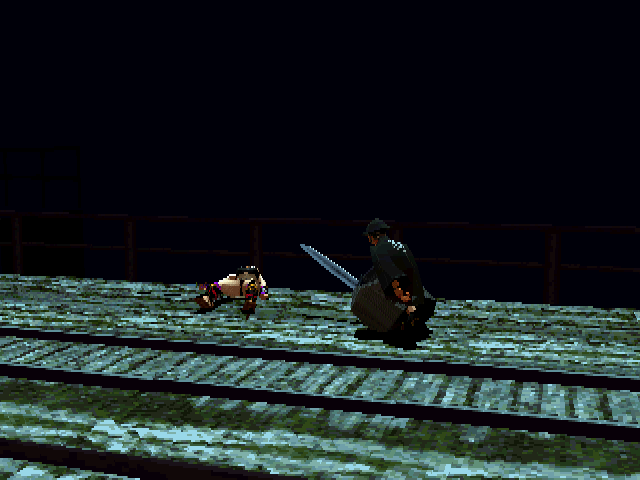
Stabbed
'Bushido Blade 2'
PlayStation
358 notes
·
View notes
Text

Bushido Blade 2
Playstation
1998
#retro gaming#gaming#video games#low poly#ps1#psone#psx#acquired stardust#screenshots#playstation#squaresoft#square enix#square#bushido blade#bushido blade 2#kannuki#kaun#aesthetic#low poly aesthetic#ps1 aesthetic#fighting games#fighting game#fighting game community#fgc#sword#katana#nostalgic#nostalgia#90s#90s games
42 notes
·
View notes
Text

ブシドーブレード弐 「1998」
41 notes
·
View notes
Text

Bushido Blade 2 (1998) - Option Menu
17 notes
·
View notes
Text

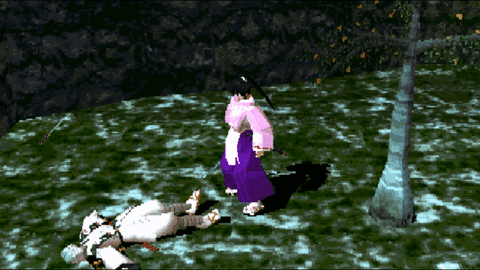

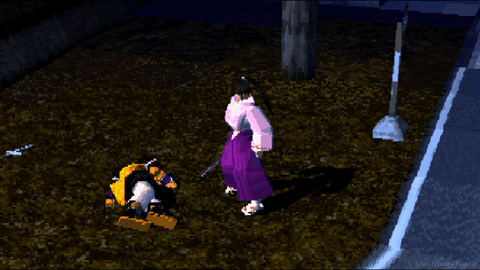
3 notes
·
View notes
Text
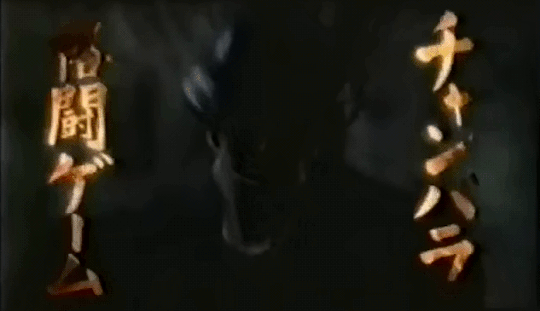

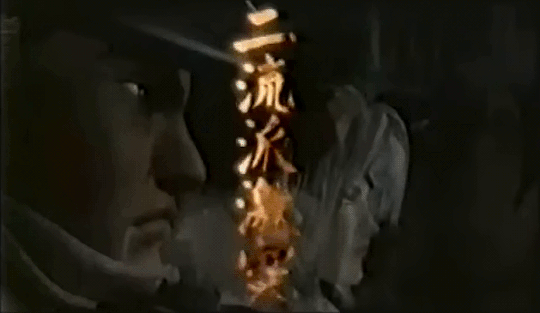
Duelos quentes em Bushido Blade 2.
3 notes
·
View notes
Text
youtube
Bushido Blade 2 | PS1 | 4K60ᶠᵖˢ UHD🔴 | Longplay Walkthrough Playthrough Movie FULL GAME
1 note
·
View note
Text
5 Interesting Facts About Samurai
Intro
Samurai warriors have left an indelible mark on Japanese history and popular culture. Although often revered and respected.
Samurais were disciplined warriors who lived by what had been developed through zen teachings and the bushido code, which stressed honor, bravery, discipline, and respect. Many may also have descended from one of Japan's lower social classes.
1. Samurai didn’t always have a master
At the dawn of Japan's feudal period, rival daimyos clashed for territory, requiring an army of samurai to protect both parties' territories from attack and plunder. Their weapons and armor were carefully designed to ensure maximum effectiveness during these frequent battles throughout the territory's history.

Samurai warriors followed an intricate moral code known as bushido that stressed absolute loyalty to one's master and willingness to die in his service, along with values such as frugality, kindness, and caring for family members, particularly elders. These skills were taught to the samurai in the kingdom's presence of other administrative samurai.
Samurais lived (and died) by strict codes of conduct influenced by Zen Buddhism, with their dedication often taking the form of seppuku - ritual suicide by disembowelment - being committed in case they suffered defeat on the battlefield or were captured by enemy forces.
Since samurai didn’t always need a master, the title of samurai for Non-Japanese could also, including Westerners such as English sailor William Adams, Dutch soldier Jan Joosten van Lodensteijn, and French navy officer Eugene Collache, given this title by Japan. Additionally, Prussian military instructor Edward Schnell was even given this distinction.
Most samurai spent their lives working for only one lord; however, some decided to rebel against this practice and become ronin - working for multiple lords simultaneously to earn more money and status while being well respected for their skills.
Samurai were notorious for employing their swords against civilians despite their code of loyalty, often testing new fighting techniques on passersby. Though this isn’t documented much, it was the reality of some of the abuse of power at the time, carrying one of the most revered weapons and being without a true law-making master.
2. Samurai were very sociable
Expectations placed upon samurai included mastery of many fields - literature, and art being key components. Samurai patronized painters and sculptors, attended literary salons, and even wrote poetry as they sought to embody values outlined by the Bushido code, such as loyalty and martial virtues.
Samurai warriors enjoyed engaging in noble pastimes such as falconry and tea ceremony - particularly during Japan's Muromachi period (1333-1568) when feudal court culture bloomed to great effect. Tea ceremony became an effective means of mediating clashes among family or clan factions.
Samurai were known for being highly educated warriors, with many also sometimes fluent in English - this allowed them to communicate effectively with Western soldiers and merchants hired by their lords, and participate in international diplomatic meetings, interacting with foreigners that visited to do trade deals.
3. They decapitated their enemies
Samurai, renowned for their skill in combat, were accomplished in using armor and swords and practiced the grim art of decapitation as a symbol of their prowess and victory. Their expertise in crafting and maintaining their weapons, especially swords, was critical. They meticulously honed their blades to ensure sharpness and efficiency, understanding that a well-crafted sword could penetrate enemy armor more effectively.
In addition to their martial skills, samurai were highly educated, with many capable of reading and writing in an era of low literacy rates. Their training extended beyond swordsmanship to include archery and firearms, reflecting their adaptability and comprehensive approach to warfare.
As elite warriors, samurai served in their lords' armies and protected vast land holdings. They wore armor designed for mobility, including helmets with visors for better visibility during combat. Large shoulder shields and armored sleeves protected them from sword strikes, while they carried a range of weapons, including tantos, which were short knives used in close combat and potentially for the act of decapitation.
The practice of decapitating enemies was not only a tactical measure but also a symbolic act, signifying honor and accomplishment in battle. It was a stark representation of their dominance on the battlefield, often used to intimidate opponents and assert their martial superiority.
4. They tested their swords
Samurais would always test their new sword through its paces before using it against an enemy. Tameshigiri (test cut), or test cut, was a ruthless way of testing the sharpness and strength of their blade. Instead of doing tests on pieces of paper or cardboard like nowadays, in ancient Japan, the weapon would often be tested directly on a living human being to see how well it cut when used against them in combat situations.
Samurai used human sacrifice as a practical test for their blade's cutting abilities, often cutting into strong men or children who were unwilling to participate to see how well it cut flesh and bone. They often chop strong adults or children alive to see how well the sword cut - although some might consider this cruel practice, it could mean the difference between victory and defeat in battle! While Samurai were often considered harsh warriors, they also held moral values, befitting their title.
Samurai are often considered male warriors, yet women were also among their ranks as Onna-Bugeisha warriors. Undergoing rigorous training themselves, these fierce women warriors could fight alongside male samurai. These fierce women - known as Onna-Bugeisha - took part in fights and protected family honor as fiercely as any man could, all while receiving an education in literature and arts. They remained committed to their dangerous jobs despite this gender; these brave ladies were honored for bravery and faithful service to family honor.
5. They were a minority
Though often romanticized as ubiquitous warriors, samurais were an elite minority in feudal Japan, comprising only about two percent of the population at their zenith. This warrior class, distinguished by their martial skill and adherence to the Bushido code, stood apart in a society where commoners formed the majority.
Alongside elite groups like military officers, clergy, and landowners, samurais held a unique place in the battlefield and cultural spheres. Contrary to their popular image as sole warriors, many samurais were also scholars and patrons of the arts, deeply involved in literature, philosophy, and artistic pursuits.
Their multifaceted roles underscore their significance beyond mere martial prowess, contributing to the rich tapestry of Japan's cultural and historical landscape. Even though they made up a more minor part of society, they considerably influenced the people at the time.
3 notes
·
View notes
Photo
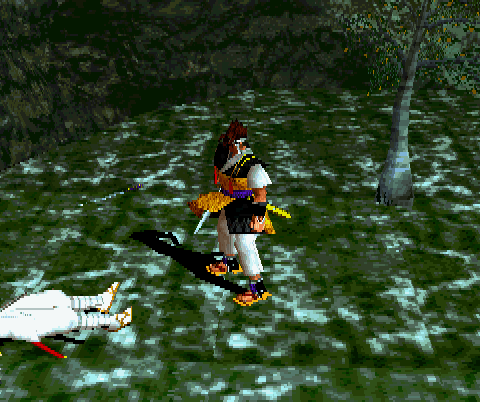
Kannuki Wins
'Bushido Blade 2'
PlayStation
108 notes
·
View notes
Text
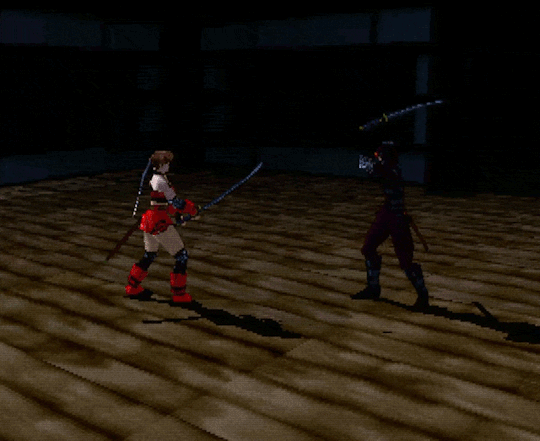
Bushido Blade 2
Playstation
1998
#gaming#retro gaming#low poly#psx#ps1#psone#playstation#video games#square#squaresoft#square enix#bushido blade#bushido blade 2#jo kotomura#acquired stardust#gif#game gifs#ninja
44 notes
·
View notes
Text
Bushido Blade 2 Finale
Back to Bushido Blade 2! We cleared a couple runs of story mode last time, now we'll… probably do another character or two, plus check out them alternate modes. This should be the last of our Bushido Blade streams, so tune in over at https://www.twitch.tv/designingfor for the end of it!
0 notes
Text

Bushido Blade 2 (1998) - Key Configuration
#controller#ps1 aesthetic#psxui#bushido blade 2#psx#ps1#psone#playstation 1#1998#retro gaming#options
11 notes
·
View notes
Text
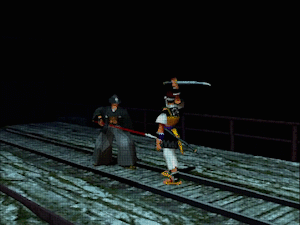
Bushido Blade 2 (PSX)
3 notes
·
View notes

